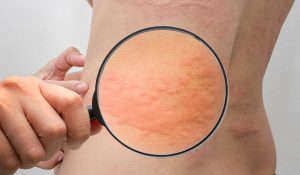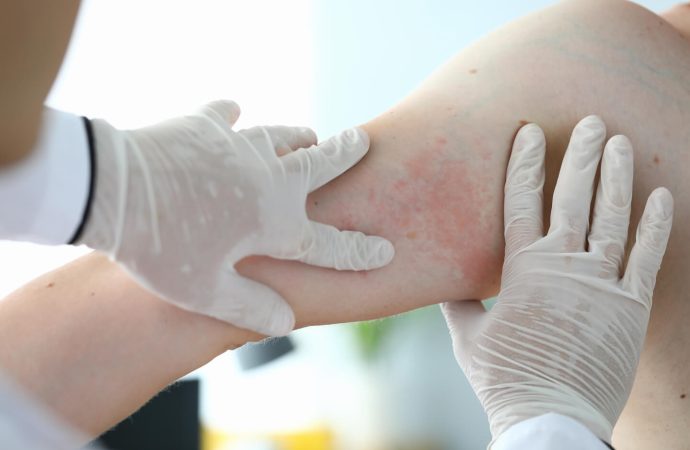Understanding Heat Rash Heat rash, also known as prickly heat or miliaria, is a common skin condition that occurs when sweat becomes trapped in the sweat ducts, leading to inflammation and irritation. While heat rash is typically associated with hot and humid weather, it can also occur in individuals who sweat excessively or wear tight
Understanding Heat Rash
Heat rash, also known as prickly heat or miliaria, is a common skin condition that occurs when sweat becomes trapped in the sweat ducts, leading to inflammation and irritation. While heat rash is typically associated with hot and humid weather, it can also occur in individuals who sweat excessively or wear tight clothing. Understanding the signs and effective remedies for heat rash is essential for managing this uncomfortable condition and preventing further complications.
Signs of Heat Rash
Red Bumps or Tiny Blisters
One of the most common signs of heat rash is the appearance of red bumps or tiny blisters on the skin. These lesions may be accompanied by itching, stinging, or a prickly sensation, especially in areas where sweat tends to accumulate, such as the neck, chest, back, groin, or armpits.
Itchy or Prickly Sensation
Individuals with heat rash often experience itching or a prickly sensation in the affected areas. This discomfort may worsen during periods of increased sweating or when exposed to heat and humidity.
Mild to Moderate Discomfort
While heat rash is typically not a serious condition, it can cause mild to moderate discomfort, particularly if left untreated. In some cases, the affected skin may feel tender or sensitive to the touch.

Image by: yendex.com
Effective Remedies for Heat Rash
Keep the Skin Cool and Dry
One of the most effective remedies for heat rash is to keep the affected skin cool and dry. Avoiding hot and humid environments, wearing loose-fitting clothing made of breathable fabrics, and using fans or air conditioning can help prevent further irritation and promote healing.
Take Cool Baths or Showers
Taking cool baths or showers can provide immediate relief from heat rash symptoms. Avoid using hot water, which can exacerbate inflammation, and instead opt for lukewarm or cool water to soothe the skin.
Apply Calamine Lotion or Oatmeal Baths
Calamine lotion and oatmeal baths are known for their soothing properties and can help alleviate itching and inflammation associated with heat rash. Apply calamine lotion directly to the affected areas or soak in an oatmeal bath to provide relief.

Image by: fotosartisticas.com.br
Use Over-the-Counter Antihistamines
Over-the-counter antihistamines, such as diphenhydramine (Benadryl) or loratadine (Claritin), can help reduce itching and discomfort caused by heat rash. Follow the manufacturer’s instructions for proper dosage and administration. Explore More About (Blood Pressure Monitoring)
Avoid Heavy Creams or Ointments
While it may be tempting to apply heavy creams or ointments to soothe irritated skin, these products can actually worsen heat rash by trapping heat and moisture in the skin. Stick to lightweight, non-comedogenic moisturizers or lotions to keep the skin hydrated without clogging the sweat ducts.
Conclusion
Heat rash can be a bothersome skin condition, but with proper care and treatment, it can usually be managed effectively. By identifying the signs of heat rash and implementing the appropriate remedies, individuals can find relief from symptoms and prevent further irritation. Remember to keep the skin cool and dry, take cool baths or showers, apply soothing lotions or oatmeal baths, use over-the-counter antihistamines as needed, and avoid heavy creams or ointments. With these strategies in place, individuals can navigate the discomfort of heat rash and enjoy healthier, happier skin.
Don’t let heat rash dampen your summer fun. Stay proactive and take steps to keep your skin cool, dry, and comfortable, so you can make the most of the sunny days ahead.
















